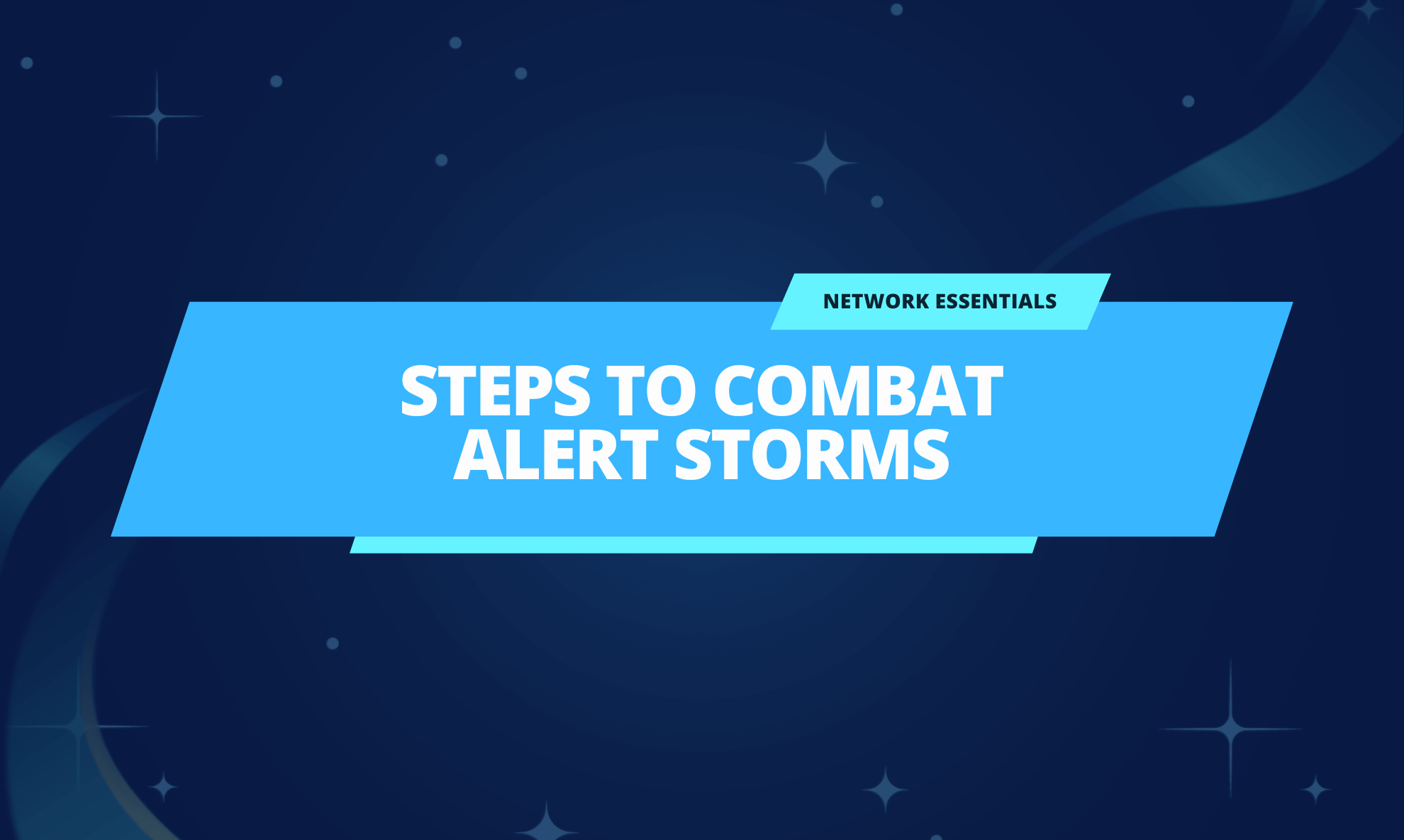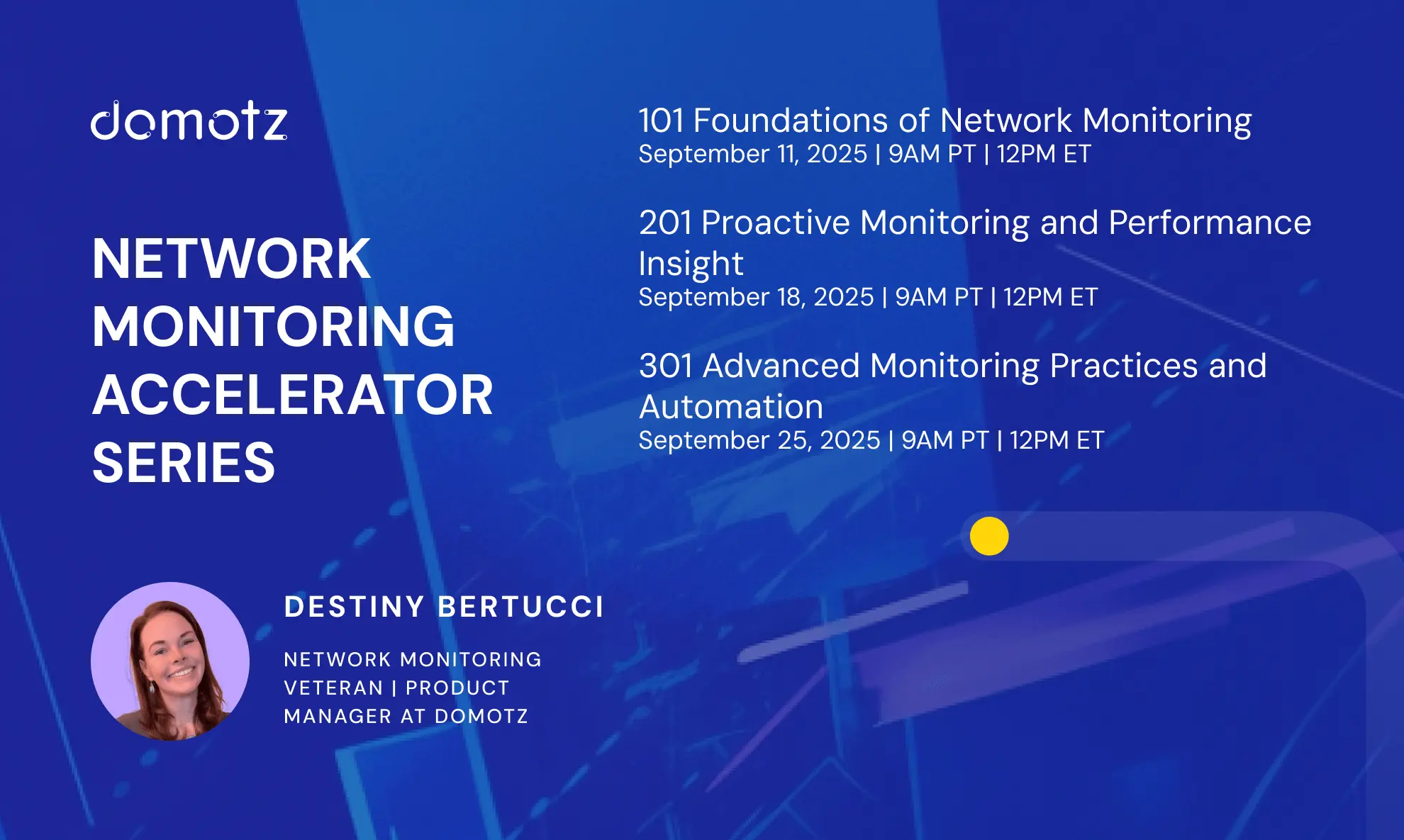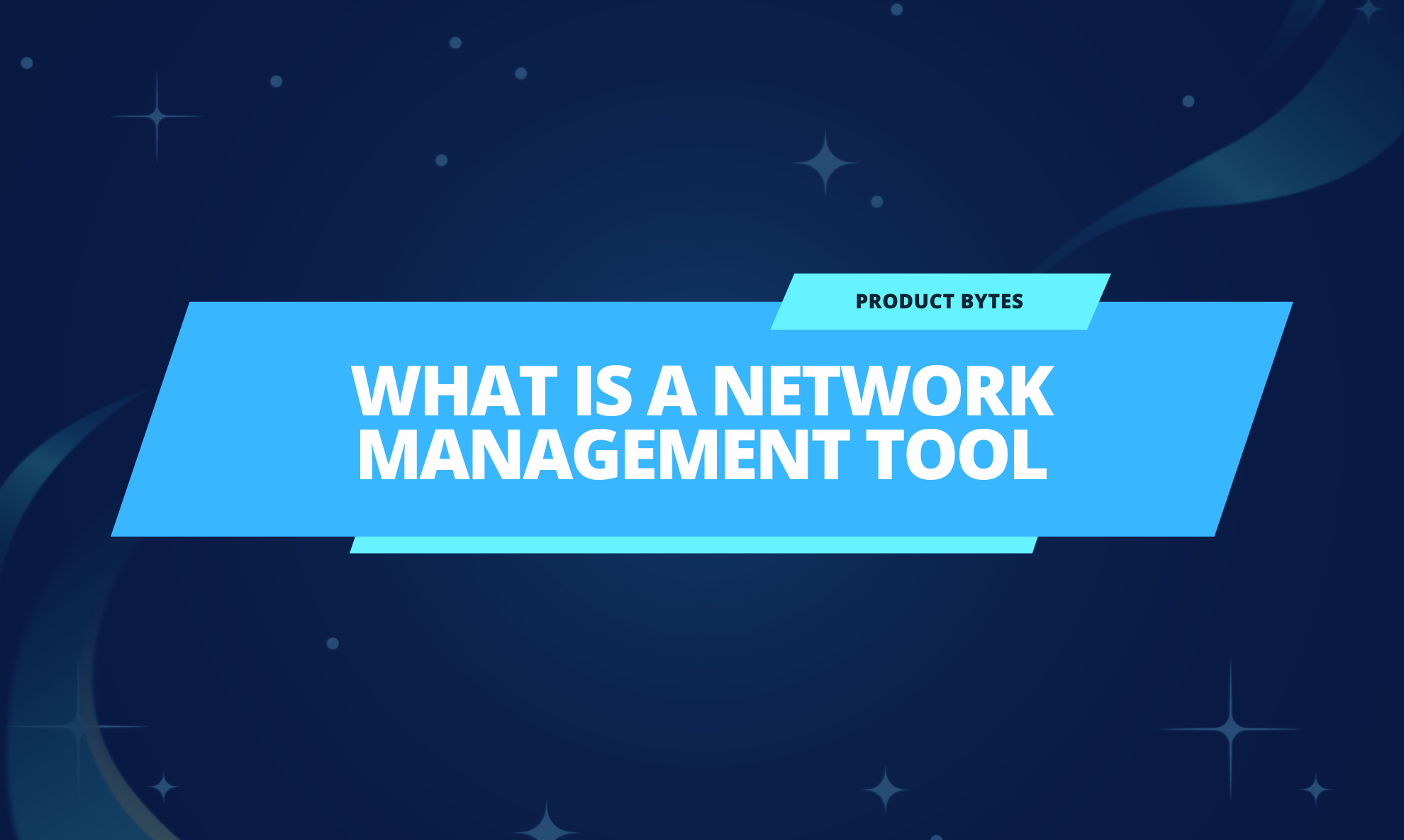Imagine this: you’re sipping your morning coffee when suddenly, your screen starts flashing with a barrage of alerts…Everything from emails, notifications, and pop-ups is all clamoring for your attention at once.
For IT Pros and Managed Service Providers (MSPs), this scenario is all too familiar. This is what we call an ‘alert storm.’
These overwhelming waves of notifications can not only disrupt your workflow and make you less productive, but they can also make it challenging to identify and address the most critical issues first.
At Domotz, we get it. Monitoring and managing a network is already no small feat, and dealing with alert storms can often feel like you’re trying to navigate a stormy sea without a compass.
That’s precisely why we’ve put this guide together. We’ll discuss alert systems, why they happen, and the actions you can take to mitigate them.
What Are Alert Storms?
Have you ever had one of those days where your phone just won’t stop buzzing with notifications no matter what? Now, imagine that happening on your computer…or your entire network for that matter.
That’s what we call an alert storm.
5 Steps To Combat and Prevent Storms
Dealing with alert storms can feel like trying to calm a wild storm, but with the right strategies, you can regain control and keep your network running smoothly.
Here are five steps that you can take:
#1 Fine-Tune Your Alert Thresholds
Think of alert thresholds like the sensitivity of your phone’s notifications. If you set them too high, you’ll miss important alerts, but if they’re too sensitive, you’ll get bombarded with every little thing.
Start by understanding your network’s normal behavior. You’ll want to find out what traffic is normal and what device performance is. You should be able to adjust your network’s settings so that only significant issues trigger alerts, and from there, you can…
#2 Prioritize Your Notifications
Not every alert needs your immediate attention. Without prioritizing, critical issues can get lost in the shuffle of less important notifications.
Once you know what’s considered ‘normal’ in your network, you can set up your system to highlight high-priority alerts so you can address the big issues first, which will also keep your network stable without you getting bogged down by minor alerts.
#3 Consolidate Your Monitoring Instruments
Using multiple monitoring tools will lead to redundant alerts and inevitably make managing your network a headache. The ideal solution is to have a comprehensive network monitoring solution that lets you centralize all of your alerts in one place. This will not only cut down on duplicate alerts but will also make it easier to identify and tackle real issues without juggling multiple platforms.
#4 Implement Smart Filtering and Automation
Smart filtering and automation can come to your rescue when it comes to managing alert storms. Again, set your filters so you block out low-priority alerts from your notification channels. Plus, you can also automate responses for common issues that are less critical, such as clearing temporary caches or sending routine maintenance reminders.
#5 Regularly Review and Optimize Your Alerting Strategy
Last but certainly not least, consistently review your alert configurations and remove unnecessary or outdated alerts. Ask your IT team for feedback to see what’s working and what’s not, and adjust any settings that they recommend.
The mindset you want to have here is one of continuous optimization, which will ensure that your alerting strategy stays aligned with your network’s needs.
Conclusion
Alert storms can feel like juggling flaming torches on a rollercoaster, but with the steps that we’ve covered here, you will be able to effectively turn chaos into control.
Here we can add something like:
Domotz helps IT teams reduce alert storms by providing intelligent alerting, proactive monitoring, and automation that filters out noise and focuses on critical issues.
With customizable alerts, centralized visibility, and automated responses, we enable teams to prioritize real problems, minimize disruptions, and improve operational efficiency.
By streamlining network management and reducing redundant notifications, Domotz empowers IT teams to take control of their networks with confidence.
Further readings:
- Network Monitoring alerts
- 10 Reasons Real-time Network Monitoring Can Help Your MSP


